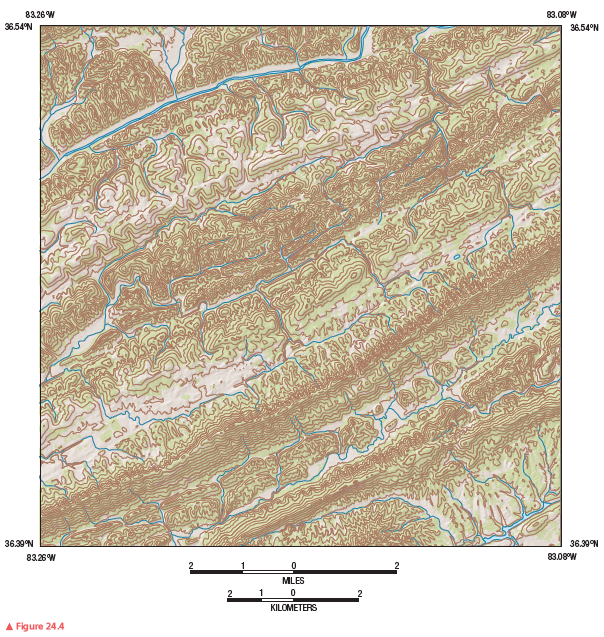What are the characteristics of tropical cyclones and extratropical cyclones? Compare and contrast
these two kinds of large storms. What will be an ideal response?
ANS:Answer
should include:
? Extratropical cyclones form between two air masses. Specifically, they form between
Ferrel and polar cells. These areas are also known as polar fronts. They move eastward,
and are able to generate large frontal storms where warm and cold fronts meet.
? Extratropical storms are most common in the winter seasons of each hemisphere. This is
due to large differences in temperature and density across the polar front.
? Tropical cyclones are large masses of warm, humid, rotating air. Unlike the extratropical
cyclones, they form within a single air mass. They tend to move westward.
? Both tropical and extratropical cyclones are large rotating storms with masses of low
pressure air in which winds converge and lift. They move counterclockwise in the
Northern Hemisphere and clockwise in Southern Hemisphere.
You might also like to view...
What is the name of the primary meridian that was used to survey this region for the Public Land Survey System?
Figure 24.8 is a portion of the Philipp, Mississippi, 7.5-minute quadrangle in northwestern Mississippi. The Tallahatchie River flows through the landscape from west to east. (Remember to use the topographic map symbol legend inside the front cover of this manual.)
Review Figure 24.4, analyze Figure 24.8 closely, and answer the following questions and completion items about Figure 24.8.


The coordinate 47° 39' 56'' N, 81° 3' 28" E would be located in the _____
a. Northern hemisphere mid-latitudes b. Northern hemisphere low latitudes c. Northern hemisphere high latitudes d. Southern hemisphere mid-latitudes e. Southern hemisphere low latitudes
Only a small amount of water is actually advancing in waves in open water
Indicate whether the statement is true or false
In which city do individuals have the highest rate of gasoline consumption?
A) Detroit B) Copenhagen C) Phoenix D) Houston